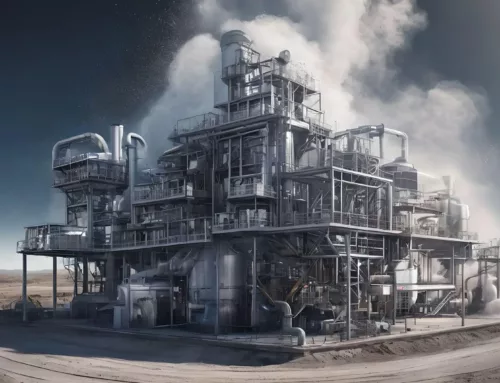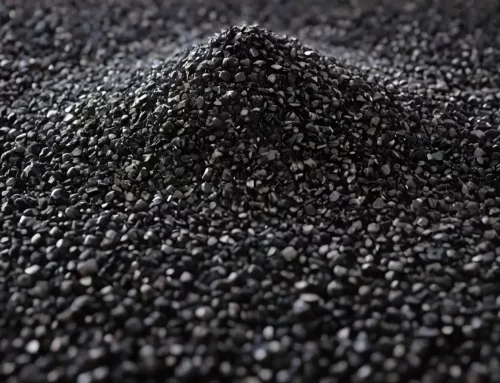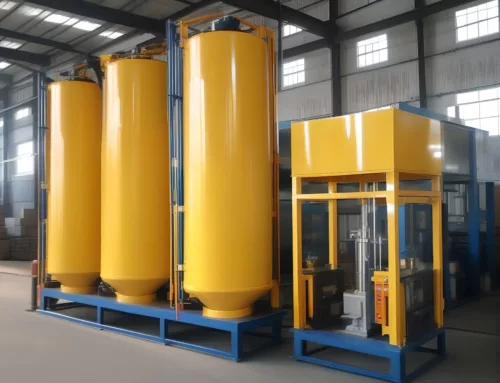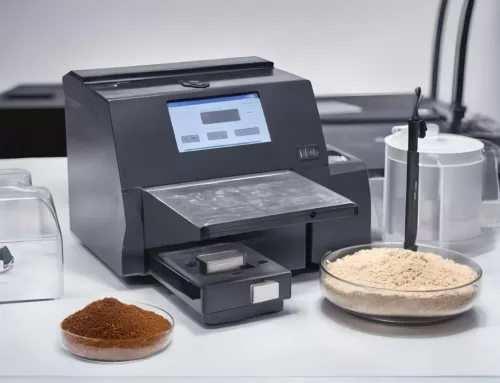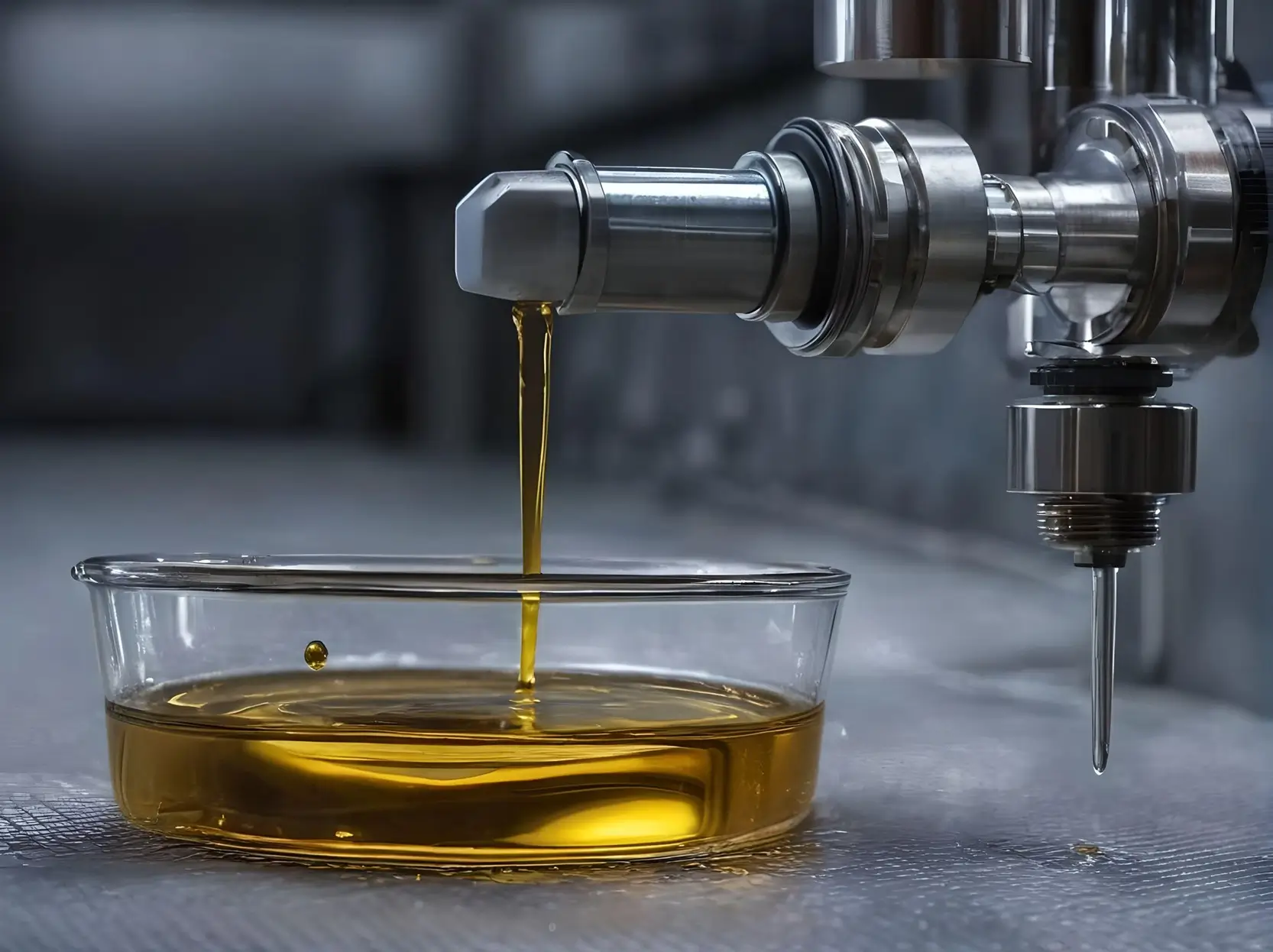
Fluid characterization in oil and gas: an Introduyction
Crude oil, often called “black gold,” is crucial in global energy markets, shaping economies and geopolitics. While the spotlight often shines on the sheer scale of oil consumption and its geopolitical implications, the real complexities lie in the extraction and refining of this vital resource. Crude oil is not uniform; its composition varies widely due to geological factors and reservoir characteristics. These variations in density, viscosity, and sulfur content, among others, create significant challenges for oil and gas processing facilities. Addressing these challenges requires precise ffluid characterization in oil and gas
Fluid Characteristics and Their Impact
Fluid characterization in oil and gas is essential in determining the properties and behavior of natural gas or crude oil. The properties of crude oil are shaped by factors such as geological formation, reservoir depth, and environmental conditions, including temperature and pressure. These variations can complicate processing and refining operations. Facilities are often optimized for specific types of crude, but differences in API gravity, hydrocarbon composition (paraffins, naphthenes, aromatics), and sulfur content can disrupt efficiency.
Gas composition, including methane, ethane, and propane, also impacts the quality of processed products. For example, higher sulfur content necessitates additional refining steps to meet emissions standards and prevent engine damage. The different characteristics of crude oil affect the yields of refined products such as gasoline, diesel, and jet fuel, influencing both operations and market economics.
Understanding these variations is critical to optimizing refining processes, maximizing yields, and ensuring consistent quality. To this end, thorough testing and analysis of fluid samples guide decision-making regarding processing strategies, equipment selection, and product specifications.
Fluid Sampling and Testing
Fluid samples—both crude oil and natural gas—are routinely collected during drilling operations. These samples are analyzed using techniques such as distillation, chromatography, and spectrometry, which separate and examine hydrocarbons like methane, ethane, propane, and butane, as well as non-hydrocarbon compounds such as sulfur, nitrogen, and oxygen.
Gas samples, analyzed through gas chromatography, provide crucial insights into composition and reservoir characteristics, including gas-to-oil ratios and reservoir pressure. This information is vital for optimizing extraction techniques and understanding reservoir dynamics.
The Role of Laboratories
Laboratories play an indispensable role in analyzing and evaluating the fluids and gases extracted from reservoirs. On-site laboratories near production facilities handle routine analysis, while more specialized labs may perform in-depth evaluations of sample composition.
Laboratory tests identify heteroatoms (nitrogen, oxygen) that can complicate processing and affect product quality. Assessing the acid number, for instance, helps detect organic acids that could corrode pipelines, tanks, and valves. Other key evaluations, like determining the pour point (solidification temperature), ensure safe and efficient handling in varying conditions, such as cold weather operations.
Powder Technology: An Unexpected Asset
Powder technology plays a critical role in fluid characterization in oil and gas and optimizes production processes. Solid adsorbents like activated carbon, silica gel, and alumina in powdered form are essential for removing impurities from crude oil and gas samples before analysis. These impurities, ranging from organic compounds to heavy metals, can skew test results if not properly filtered.
Proppants, small particles such as sand or ceramics, are vital in replicating reservoir conditions during fluid testing. Used in hydraulic fracturing, these materials help simulate the behavior of oil and gas under pressure, providing valuable insights into extraction processes and reservoir dynamics.
Moreover, the flowability of powdered materials affects various operations, from refining to well completion. For example, bentonite, a clay mineral, forms a viscous mud when mixed with water, reducing friction in drilling operations, suspending rock cuttings, and maintaining well integrity. Powdered polymers, like polyacrylamide or xanthan gum, enhance drilling fluid properties, controlling viscosity and fluid loss while stabilizing wellbores.
Fluid characterization in oil and gas: Testing Methods and Equipment
Fluid characterization requires a range of testing methods and equipment, from viscometers and filter presses to advanced spectrophotometers and atomic absorption spectrometers. These tools measure viscosity, filtration properties, and fluid loss, helping optimize drilling and refining processes.
Rheometers offer insights into fluid behavior under different conditions, while spectrophotometers provide detailed chemical analysis, detecting trace elements and contaminants. By combining various testing techniques, operators can gain a comprehensive understanding of their fluids, ensuring efficient drilling, production, and refining.
Future Developments
Powder technology and fluid characterization are integral to the oil and gas industry’s future. As the industry faces a technological revolution, innovations in nanotechnology, IoT, and enhanced oil recovery techniques promise to improve exploration, drilling, and production.
The integration of robotics, AI, and automation will drive further efficiencies, while augmented reality may enhance worker safety and remote operations. These advancements, alongside continued innovation in fluid testing and characterization, will shape the future of the oil and gas industry, driving sustainability, safety, and profitability.

